“Breaking, But Not With Age”: In Conversation with Crazy Smooth on In My Body at Canadian Stage
In anticipation of Canadian Stage, TO Live, and dance Immersion’s upcoming co-production, the electric In My Body, Intermission sat down with Yvon Soglo, AKA Crazy Smooth, to speak about the process and creative impulses behind manifesting an intergenerational dance piece.
Smooth’s answers have been edited for length and clarity.
Hello and good day! Thanks so much for meeting with me. I just want to check in – how are you doing today? Can you tell me a bit about yourself and your practice?
I’m good. We just got to Edmonton yesterday. Before, we were in Banff for the final two weeks of our creation, production, [and] residency.
Artist name: Crazy Smooth. I started dancing in high school in the early 90s. At my school, we had dances every second Friday. So kids from other high schools would come and they would do cyphers and people would dance in the middle. At first I was a bit shy, but I would practice with my friends in my basement, watch music videos, and then be brave enough to go to the next dance. That’s kind of how I started —I got more serious after I went to New York when I was 18 or 19.. The people that I saw in the movies and in music videos, I saw in real life. Something clicked and I started really practicing, and practicing, like, several hours a day. Fast forward: 2022, and this is what I do for a living.
Can you tell me about your last couple of days in Banff as you were finalizing the piece?
There were, I think, twenty-four of us total. That includes the cast, the dancers, and the production team. Then the touring team, because not everybody from production stays. So we were all there together with all our expertise, all our love and laser focus on getting this show done and ready. It was a mixture: a little bit of intensity, a little bit of stress, and lots of love. We all experienced that in those two weeks.
Part of the uniqueness of my company and of this work is people on the team — people I’ve become friends with. We have a relationship, a bond that is even extended to the production and the technical team. In spending that two weeks together, the bonds only got stronger. You end up seeing that in the work, you end up seeing that on stage, and you end up seeing that in the dynamic that people have together.
The Banff center has a Lord of the Rings [feel], the scenery, the mountains: you get out and you see deer, we’re isolated. We’re spending that time together and building those bonds. It’s kind of like, if you go on a vacation — well, we’re not on vacation — but you go to a cottage, and you’re spending all that time together. It was a great two weeks, focused on work, but also focused on spending that time together.
What was the inspiration behind creating In my Body?
The genesis came from my own experience, and my own reflections on aging as a street dancer, and having questions like, how much longer can I do this? Did I choose the right career? Then asking other people and my elders questions: how do you deal with this? How do you view aging? Or me just observing how they are now. I found it very rich, and in terms of gathering information and asking questions, having all these different perspectives. Finding myself in that middle where I’m not young, and I’m not old — I’m in the middle. In my own experience, I’ve had four knee surgeries, and so every time I’ve had to pause my career because I couldn’t dance, those reflections have come in. I’ve been wanting to do a show, and talk about that and be truthful, authentic, to really share the real experience that street dancers go through.
At the same time, I’m looking at the youth, the young bloods coming in and being vibrant. They have all that energy and the sky’s the limit. It’s pushing me in many ways, but I’m not them anymore. There are consequences if I just chill with them, because they’ll be up and running the next day and I’m aching. That’s why I cast the show the way I did, where there’s nine of us, and the oldest is 57, and the youngest is 24. We have a unique opportunity to have all those generations on stage together, sharing what the experience is like, and how we are all together at the same time —without each other we have trouble existing. We need more generations: we need the middle generation, and we need the youth in order to be who we are.
We have a unique opportunity to have all those generations on stage together.
Was it hard to find elders to do this work with you?
Well, luckily, it’s also part of the uniqueness of hip hop. Street dance being born in the early 70s makes it so unlike other cultures or dances that are older — all the elders, for the most part, are still alive. If you were into something like vernacular jazz, or Lindy Hop, most of the elders have passed away. In terms of the casting, I’m lucky that I’m friends with some of my Canadian elders and peers. So to call them and ask them to be part of this show was, in a way, easy, because it was just a phone call. What makes it hard is that they’re not in abundance.
How has it been working with an inter-generational cast? Was there something new or insightful you learned throughout the process?
I’m not sure if there’s anything new in the sense that what I’m trying to do, or what I attempt to do is to take what’s already there. So for instance, if you and I go to a jam, like the way it was before the pandemic, you’ll see the young generation: the new up and coming dancers, but also the middle generation, and the elders. And they’re all there at the same time, they’re always there. In our natural habitat, how we interact with each other is that we’re always together, which is unique. If you go to another setting, for instance, the elders are still there, but they don’t necessarily all interact with each other at the same time.
I’m trying to bring that which is natural — authentic to us — on stage. So of course, I did learn things, because it’s within our interactions that stories come out. They all kind of teach each other. I tried to take that reality and those interactions in a theatrical way and transpose it onstage. Audiences are seeing it through my lens in a way, the beauty of how the intergenerational cast interacts with each other.
What made you want to bring street dance onto a theatrical stage?
I lived in Gatineau [and] Ottawa. The National Arts Centre is our biggest theatre where all the big companies come to perform: Alvin Ailey, National Ballet, Kidd Pivot, etc, etc. In my earlier years, I remember seeing shows and thinking to myself, “my dance has just as much if not more vocabulary, and history. How come we’re not on stage with our aesthetic?” It was kind of like a challenge to bring what we do in a theatrical setting on stage, all the while wanting to stay authentic. There was a time where you started seeing more street dance influence in contemporary dance companies, and even classical companies were looking for something a bit more edgy. I started seeing that, which is fine and great, but [I thought] we should be able to be ourselves as well and represent that on stage. That representation is one of the goals that I set for myself very early; when I created my company, that was part of our mandate. We want to promote and preserve street dance and its authenticity in everything we do.
We want to promote and preserve street dance and its authenticity in everything we do.
Dance, and maybe b-boying especially, takes a big toll on your body. Was there ever a time when you thought you would stop dancing? I mean, is there a time where folks often “age out” of this style?
It’s changed over time. In the 70s, you were old If you were, like, 16, 17, 18 in terms of, “oh, you’re still breaking?” Then that changed as time went by. Today, I would say you start getting old when you’re my age, I guess. I’m 41. Breaking is a very competitive sport, so even when you’re young, if you’re injured it’s major. Everybody else is practicing, everybody else is getting better. Seeing older dancers still dancing and killing it shows you can dance forever.
Now, I would make a distinction between dancing-competing, dancing as a “professional dancer,” dancing for another person’s gaze versus just dancing. That’s an important distinction, because I don’t think I will ever stop dancing, but dancing at the level where I still feel comfortable being on stage, going into cyphers and battling, may change over time. In terms of the word dance, I’ll stop dancing when my heart stops. Is pretty much how I see it.
If you were to sum up the energy or the spirit of the work, what would you describe it as?
I would say I would use the word Sankofa to describe it. It’s like a river of time — you stand next to it, and it’s beautiful to watch. I would say the body — there’s a separation that the body is this vehicle that we have, this machine that we have, but our spirit inhabits this vehicle. The timeline of your body is different from the timeline of your spirit, and there’s a world where if everything is aligned right, certain rules don’t apply anymore. Time isn’t the same, the connection, the vibration, and the frequency of where you are.
So In My Body is all of that; it’s observing, and accepting, and being in the now. I think people will definitely connect to it, because it’s a universal theme, it’s a condition that we all have. We get older and everybody will relate to it in a different way. I think everybody will be appreciative of the exposure to that experience wherever they are on the timeline, and people will want to dance as well.
I want people to come and experience a live in person show, share the moment with us. This is history that cannot be repeated, because once the elders are of a certain age, and they can’t…you know. The unique moment that we have right now with DKC — he’s the oldest, part of the first generation of street dancers in Canada. He was doing it when I was four years old, so the fact that we can have all of them on stage right now? Then it’s done, it’s history.


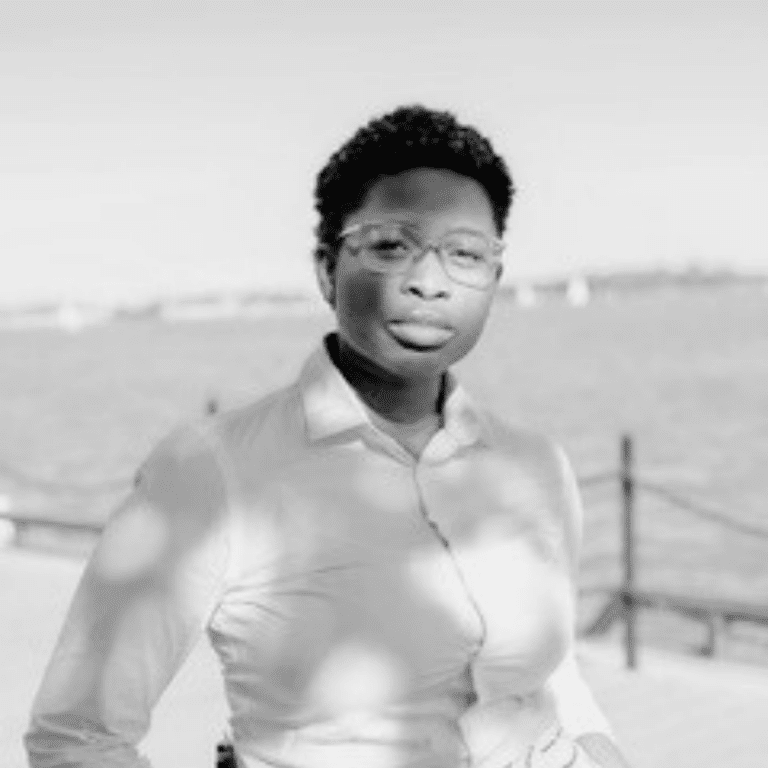






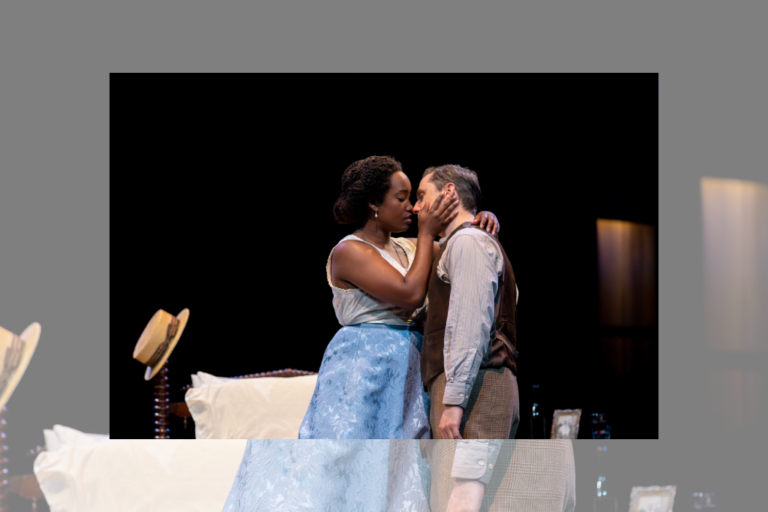
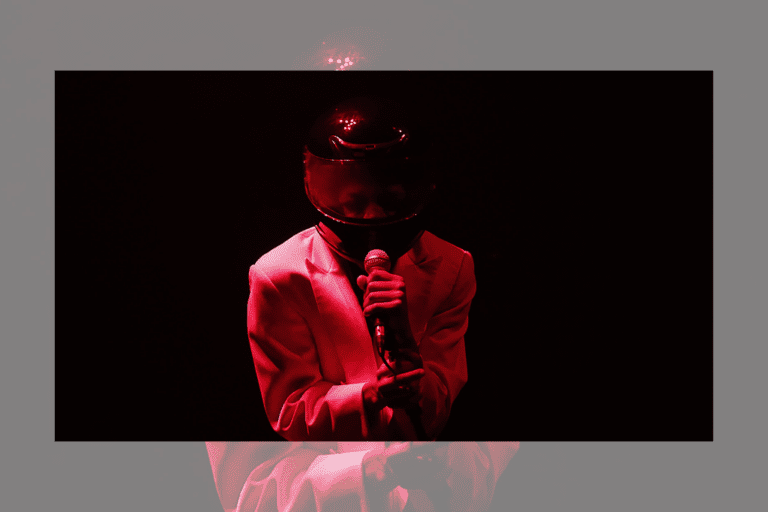
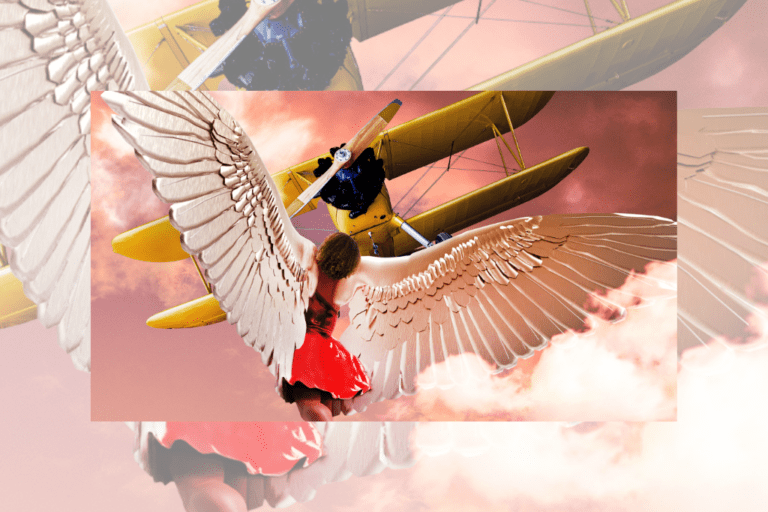
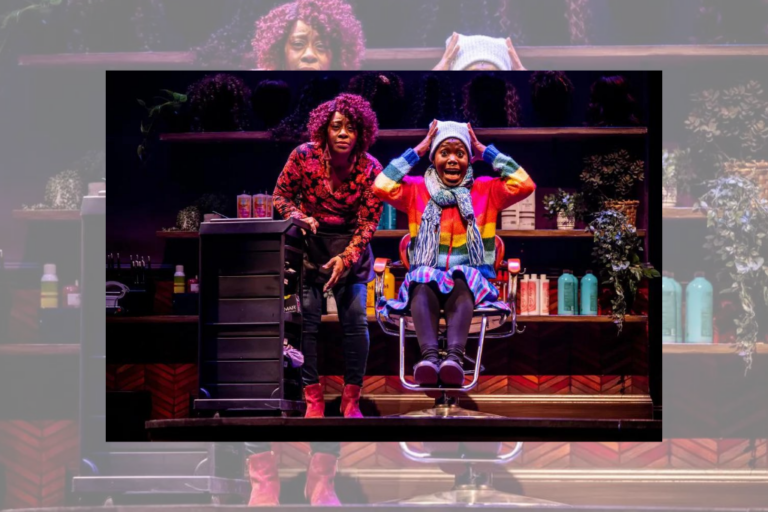
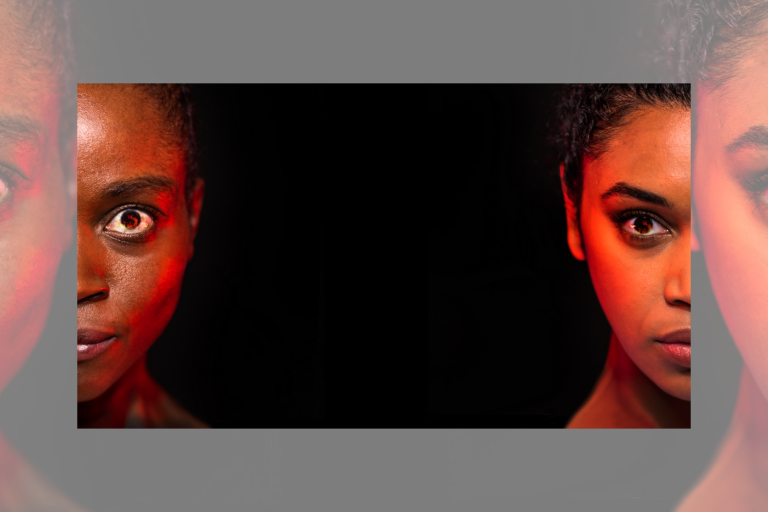
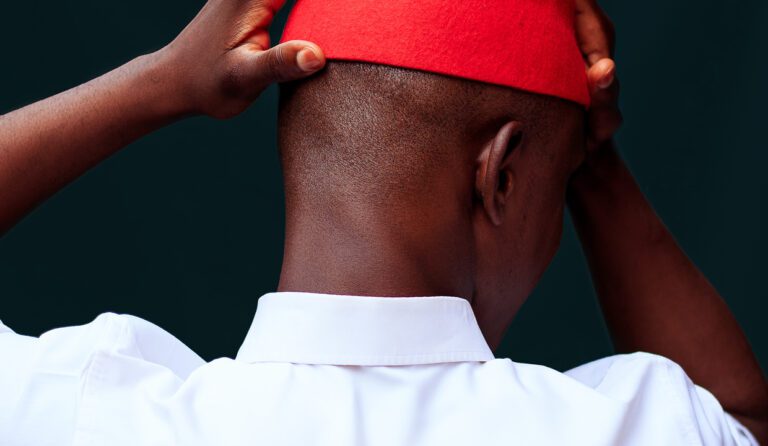
Comments